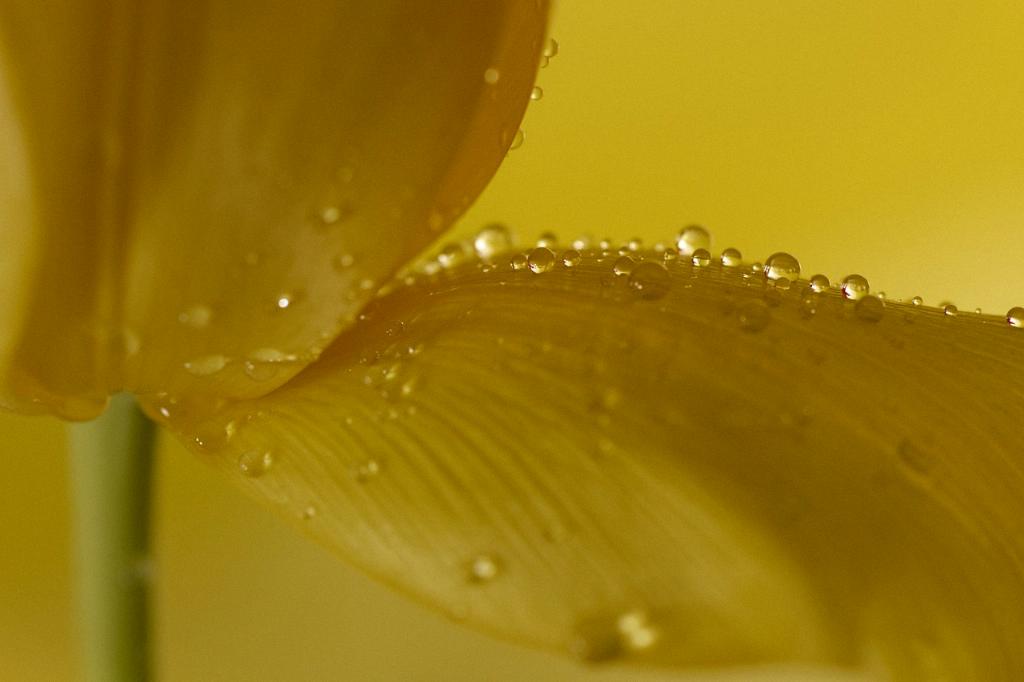Have you ever brought home a beautiful bouquet of tulips, only to find them drooping shortly thereafter? It can be quite disappointing to see these lovely flowers lose their perkiness so quickly. But fear not, there are some reasons why your tulips might be drooping, and I’m here to shed some light on the matter!
1. Post-Harvest Physiology
One of the primary reasons why your tulips may be drooping is due to post-harvest physiology. Tulips have the unique ability to continue growing even after being cut, which means they can bend and lean towards the light source. If your tulips are placed in a position where they are not getting adequate light, they may start to droop as they try to reach towards the light.
2. Lack of Water
Another common reason for drooping tulips is a lack of water. Just like any other plant, tulips need water to stay hydrated and maintain their structure. If your tulips are not getting enough water, it can cause them to droop and wilt. Make sure to change the water in the vase regularly and trim the stems to help the tulips absorb water more efficiently.
3. Temperature Fluctuations
Tulips are sensitive to temperature fluctuations, and extremes in temperature can cause them to droop. If your tulips are exposed to high temperatures or placed near a heat source, it can lead to dehydration and drooping. Conversely, if the temperature is too cold, it can also affect the tulips’ ability to stay upright.
4. Ethylene Exposure
Ethylene is a natural plant hormone that can accelerate the aging process in flowers. Exposure to ethylene gas, which is released by certain fruits, cigarette smoke, and exhaust fumes, can cause tulips to droop prematurely. Be mindful of where you place your tulips to avoid exposure to ethylene-producing substances.
5. Bacteria Growth
If the water in your vase is not clean or if there are bacteria present, it can lead to the development of slime in the stems of the tulips. This slime blocks the water-conducting vessels, preventing the tulips from taking up water effectively. As a result, the tulips may start to droop due to lack of hydration.
6. Stem Damage
Handling tulips roughly or cutting their stems under water can result in air bubbles entering the stems, which can impede water uptake. Damaged or kinked stems can also restrict the flow of water and nutrients to the flowers, causing them to droop. Handle your tulips with care to prevent stem damage.
7. Age of the Flowers
The age of the tulips can also play a role in their drooping. Older tulips may not be as firm and turgid as freshly cut ones, which can cause them to droop more quickly. When selecting tulips, choose ones that are still in their prime to prolong their vase life and minimize drooping.
8. Lack of Nutrients
Like all plants, tulips require nutrients to thrive. If the water in the vase does not contain any floral preservative or nutrients, the tulips may not be able to uptake essential minerals and compounds needed to stay healthy and upright. Consider adding flower food to the water to provide the tulips with the nutrients they need.
9. Air Quality
Poor air quality can also impact the health and longevity of your tulips. Exposure to pollutants or cigarette smoke can stress the tulips, making them more susceptible to wilting and drooping. Keep your tulips in a well-ventilated area with good air quality to help them stay fresh and upright.
10. Genetics
It’s essential to recognize that different tulip varieties have varying levels of resilience and susceptibility to drooping. Some tulip cultivars are naturally more prone to drooping due to their genetic makeup, while others may stand upright for a longer period. Choose tulip varieties known for their sturdy stems if you want to minimize drooping.
11. Overcrowding
If you have too many tulips crowded in a single vase, they may compete for space and nutrients, leading to overcrowding stress. Overcrowded tulips may not receive enough water or airflow, which can cause them to droop. Arrange your tulips in a spacious vase with enough room for each stem to help prevent overcrowding-related drooping.

12. Lack of Support
Tulips, especially those with large blooms, may require additional support to stay upright. Without proper support, heavy tulip heads can weigh down the stems, causing them to bend and droop. Consider using floral wire or a support grid to help prop up your tulips and maintain their upright posture.
